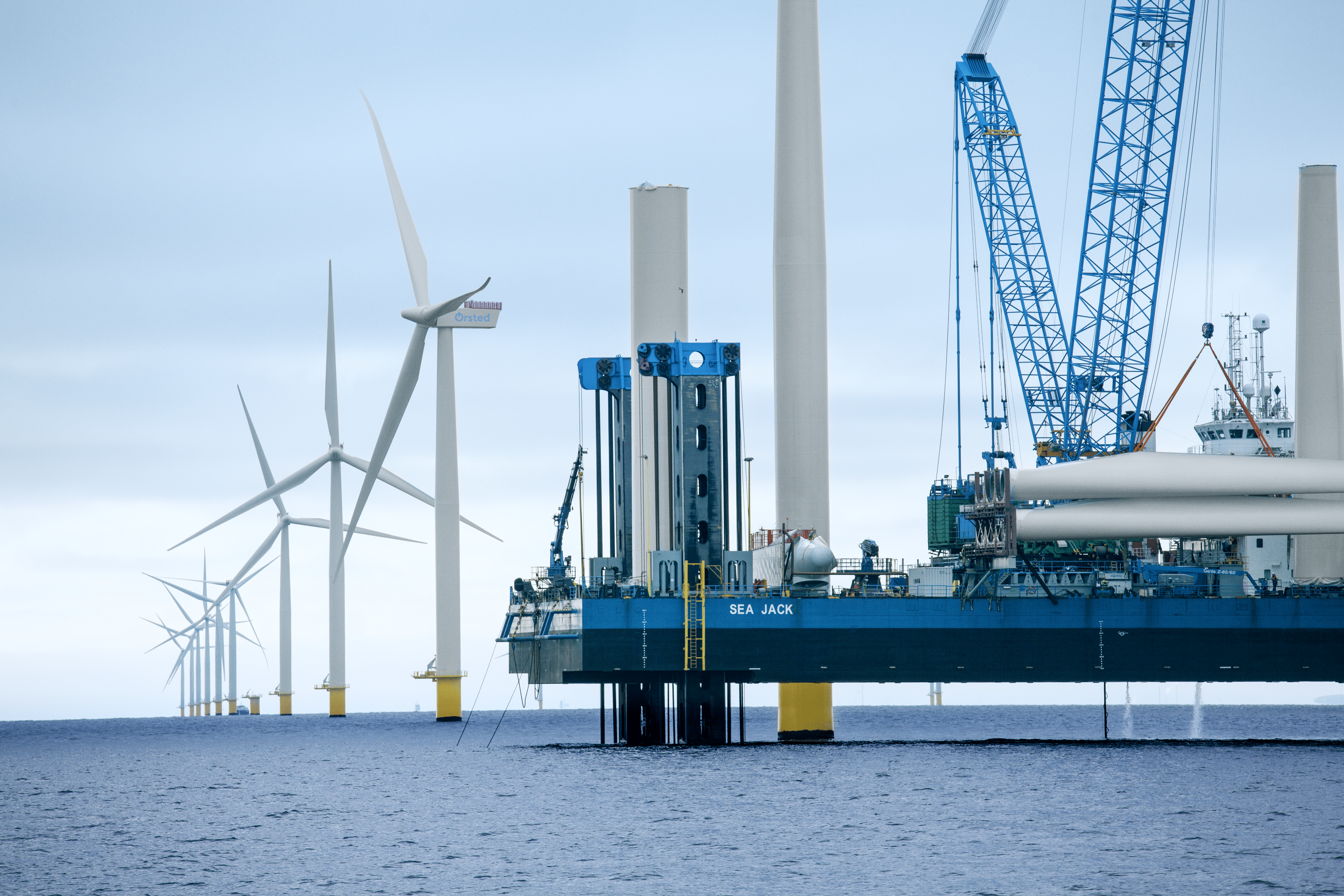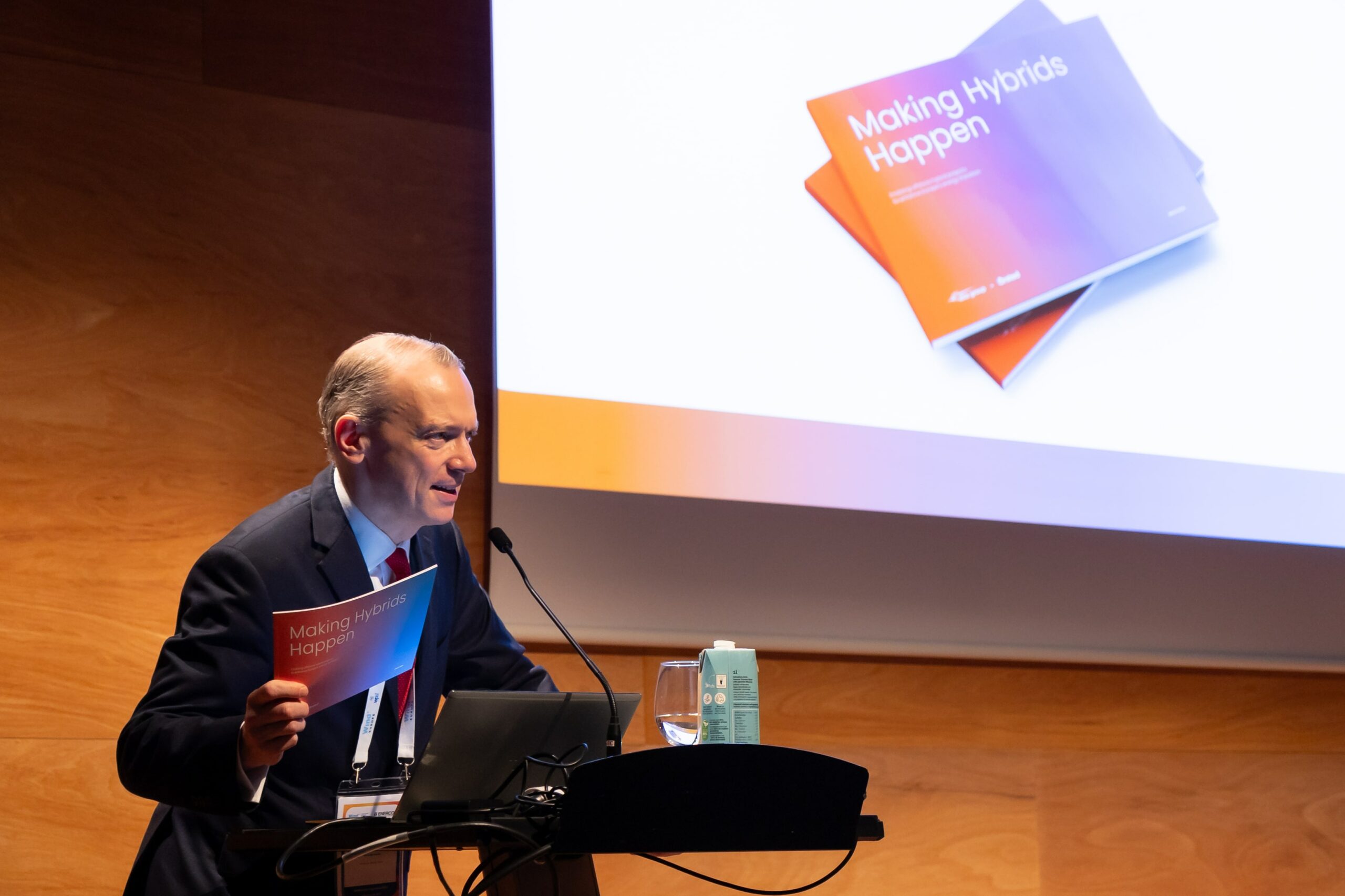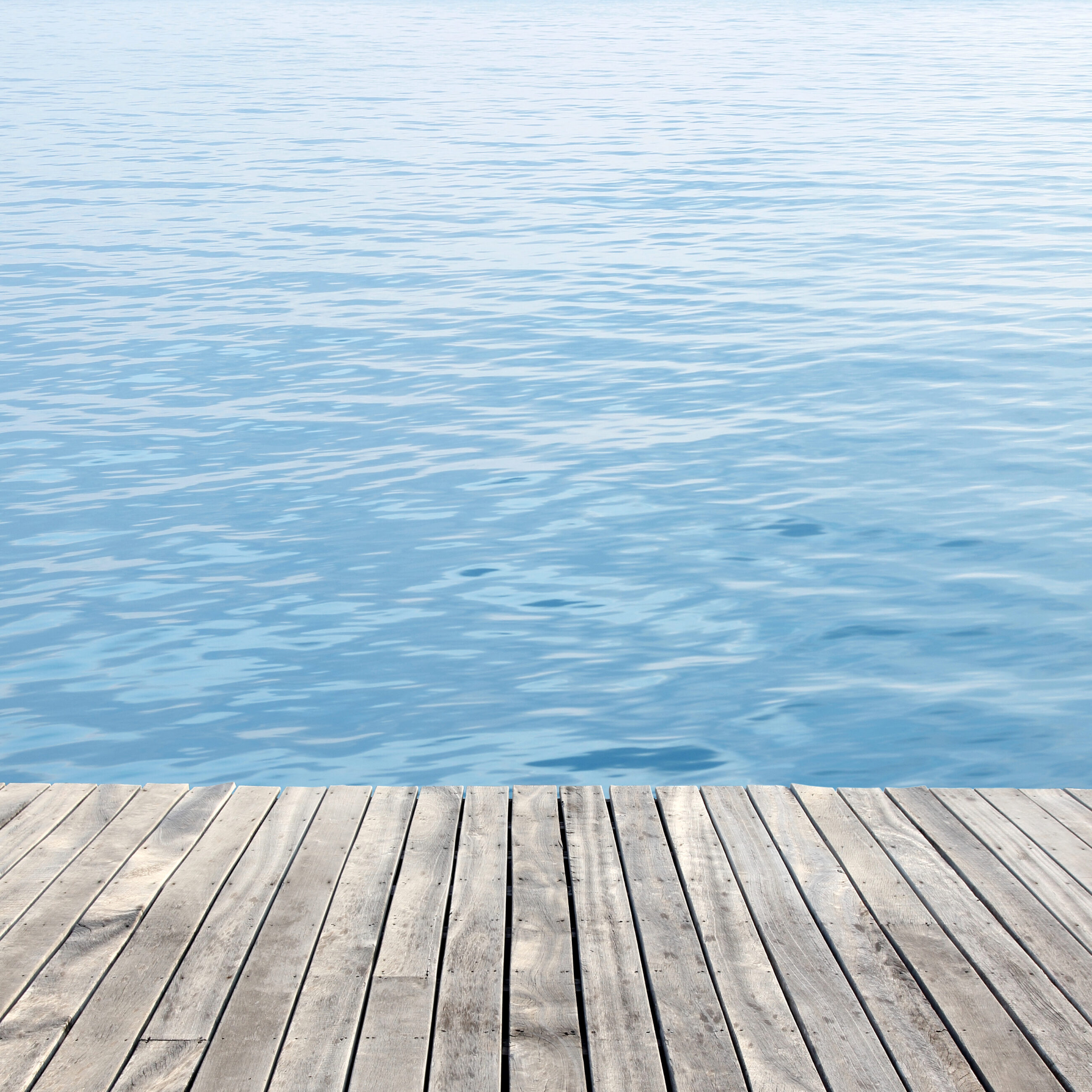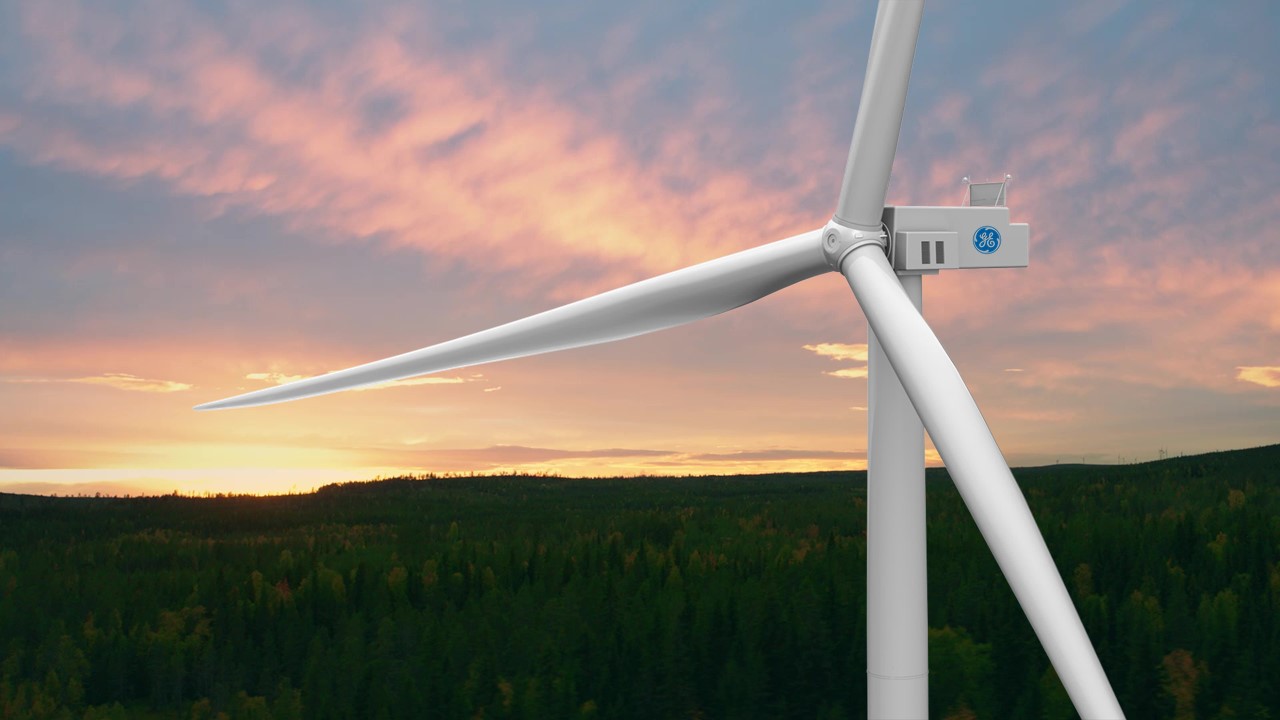News
Wind energy
The North Seas’ Silicon Valley offshore wind aspirations one step closer to reality
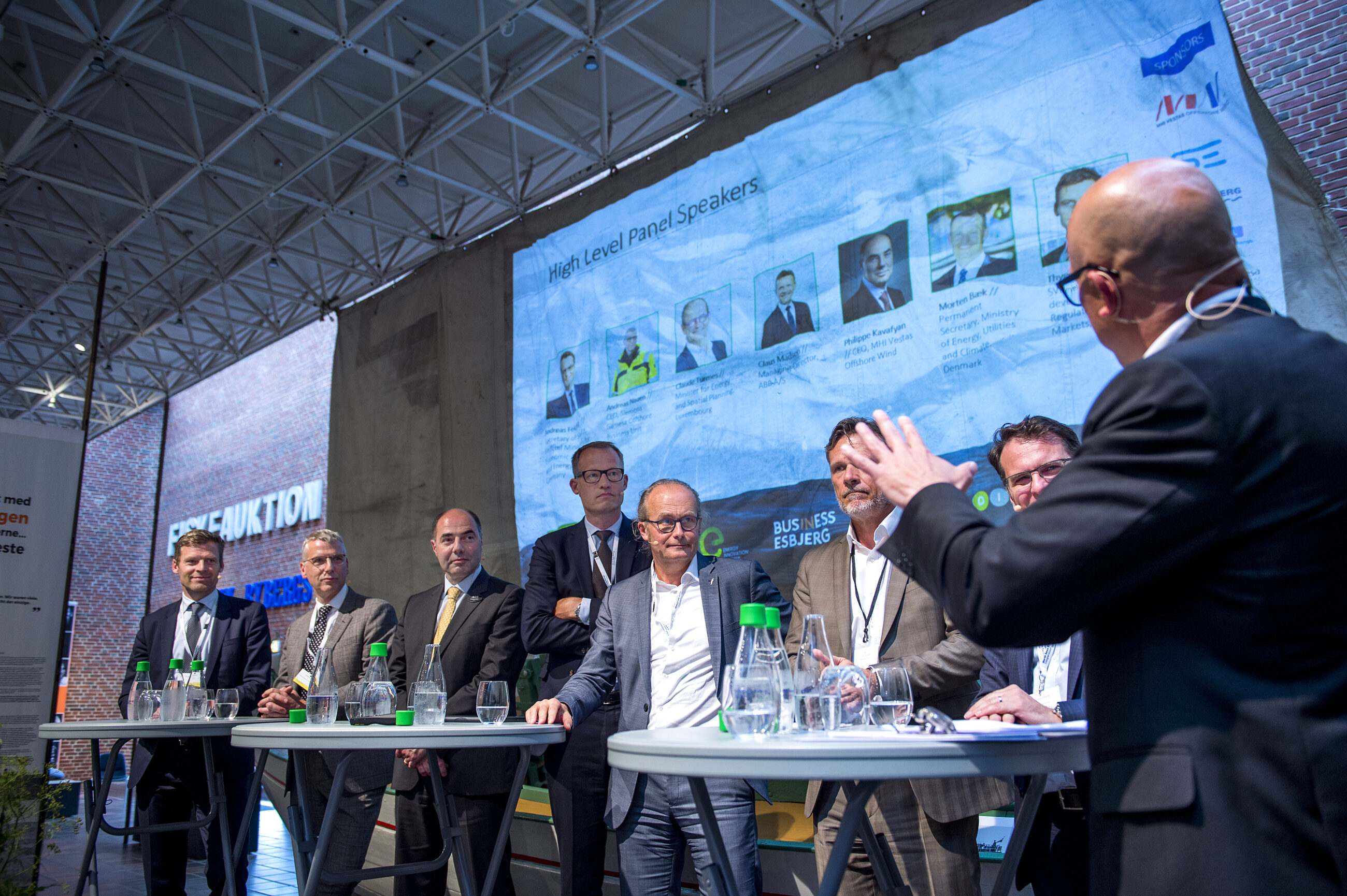

The European Commission has calculated that the EU needs to install 400 – 450 GW of offshore wind by 2050 in order to fulfil the achievements of the Paris Agreement and limit a rise in global temperatures to less than 1.5 degrees Celsius. Currently, 18 GW of offshore wind is installed in the EU, but to reach 450 GW by 2050 would require the installation of 19 GW annually. It has been highlighted that the plentiful wind resources found in the North Sea (especially those located in Danish territorial waters) could be further and more efficiently exploited by the European community to reach the 450 GW target. However doing so will require deepened collaboration between industry and governments. This was the topic of the North Seas Energy Days conference, which took place in Esbjerg, the so-called spiritual home of offshore wind, given that four out of five offshore wind turbines installed in Europe have been shipped out of the port.
[caption id="attachment_96474" align="aligncenter" width="450"]
”Offshore wind is key to making Europe’s decarbonisation ambitions a reality and the North Sea’s substantial and unique wind resources will play a leading role. The potential in the North Sea can meet much more than Denmark’s climate and energy needs. Therefore, exploitation of the area should be assessed in an international perspective,” explains Wind Denmark’s CEO, Jan Hylleberg, who together with Business Esbjerg, Energy Innovation Cluster and the Confederation of Danish Industry’s Energy department, is responsible for the North Seas Energy Days conference.
North Seas Energy Cooperation to be extended beyond 2019
The North Sea Energy Days took place in tandem with the North Seas Energy Cooperation ministerial meeting in Esbjerg. Denmark is the current president of the North Seas Energy Cooperation, which entails Belgium, Holland, Luxembourg, Ireland, Great Britain, France, Norway, Sweden, Germany, Denmark and the European Commission collaborating on offshore wind and the electricity grid in order to lower the costs of offshore wind expansion and develop an European market for offshore wind. During the ministerial meeting, which consisted of Energy Ministers and high-level government officials from the ten cooperating countries in the North Seas Energy Cooperation, preliminary results from the three-year cooperation were discussed, as well as what the focus of the intergovernmental cooperation should be going forward. The ministerial meeting resulted in an agreement to extend the Political Declaration of North Seas Countries Energy Cooperation beyond 2019.
-Related publication: From policy to action: implementation of the European Energy Union
Four key demands from the European wind industry
Seizing the opportunity, the European offshore wind industry held a conference known as North Seas Energy Days, which was also attended by some of the countries in the Energy Cooperation after the ministerial meeting concluded. The focus of the conference was to gather VIP government officials, industry leaders and politicians to discuss how the industry and government authorities can deepen collaboration on offshore wind in order to realise the objective of creating a Silicon Valley for offshore wind in the North Sea.
For the European wind industry, international cooperation across borders and higher national ambitions are key to securing a cost-efficient expansion of offshore wind. Therefore, the industry developed a series of recommendations for the North Sea cooperation that were presented during the ministerial meeting. The recommendations are structured around four main topics:
- Access to sites and site development; including maritime spatial planning and environmental impact assessments across borders
- Further development and optimisation of European power grids
- Development of the onshore grid from coast to consumers
- Alignment of technical standards; including coordination of national implementation efforts
-Related solution: World’s largest offshore wind farm
Commenting on the potential in the North Sea during the conference, Andreas Nauen, CEO of Siemens Gamesa Offshore Business Unit stated: “The North Seas has the potential to become the blueprint for intelligent deployment of offshore wind, that the wind industry’s emerging offshore markets will have an eye on. This is where challenges are first met that calls for innovative approaches both related to technology solutions and frameworks conditions to be thought out in a close partnership between industry and governments’”.
“If Europe is to stay within the 1.5-degree target, a part of the needed solution is delivering at least 400 GW offshore wind energy according to a recent report from the EU-Commission. The North Seas Energy Cooperation is an important forum to create the needed space for offshore wind energy in the North Seas ensuring a cost-efficient solution to the benefit of the European consumers,” added Thyge Boserup, SVP, Head of Development, Regulatory and Markets, Ørsted.
The industry statement can be read in full here.
Photos: Jonas Fotografi
Sources:
Wind Denmark, the Danish Ministry for Energy, Utilities and Climate
